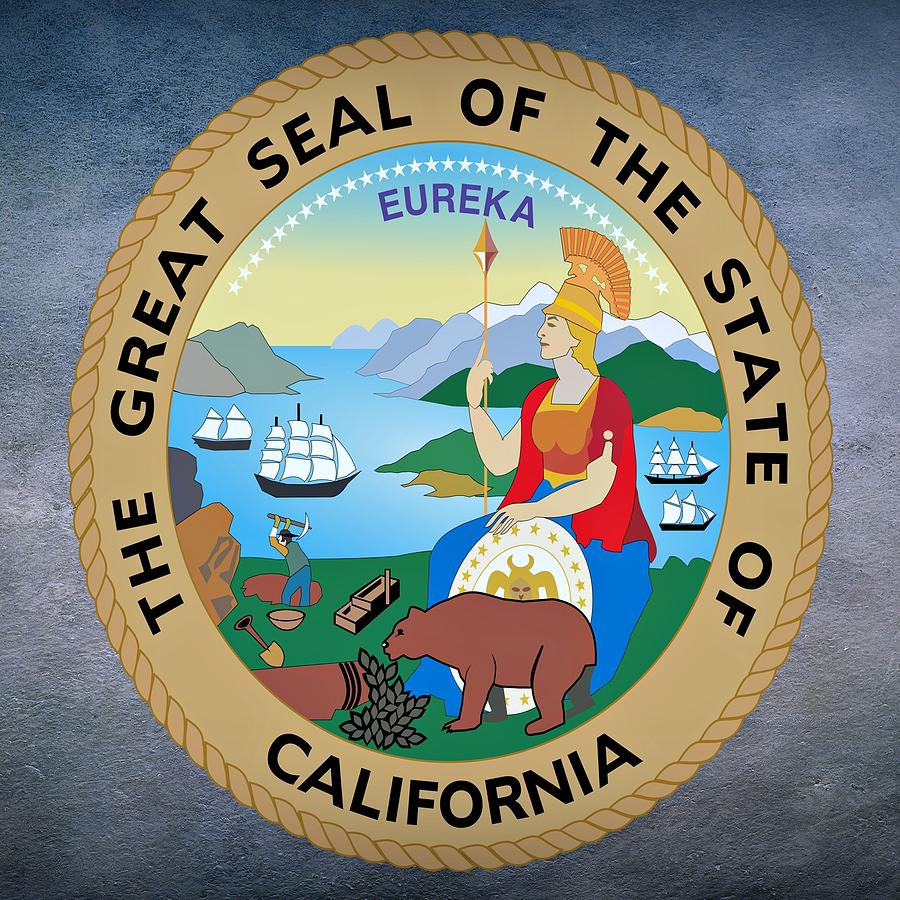
/california-state-flag-141482581-59a34ff50d327a00103d6690.jpg)
Notably, all published California appellate decisions are binding on all Superior Courts, regardless of appellate district. The state is geographically divided into six appellate districts. The Courts of Appeal are the intermediate appellate courts. The Court has original jurisdiction in a variety of cases, including habeas corpus proceedings, and has discretionary authority to review all the decisions of the California Courts of Appeal, as well as mandatory review responsibility for cases where the death penalty has been imposed. The California Supreme Court consists of the Chief Justice of California and six Associate Justices.

The Judicial Council is the rule-making arm of the judiciary.
#State of california trial#
The Superior Courts are the primary trial courts, and the Courts of Appeal are the primary appellate courts. The judiciary has a hierarchical structure with the Supreme Court at the apex. The Judiciary of California interprets and applies the law, and is defined under the Constitution, law, and regulations. See also: Supreme Court of California, Judicial Council of California, California Superior Courts, and California Courts of Appeal

#State of california code#
Regulatory activity is published in the California Regulatory Notice Register and the general and permanent rules and regulations are codified in the California Code of Regulations. The Governor and Lieutenant Governor also serve as ex officio members of the University of California Board of Regents and of the California State University Board of Trustees. The Lieutenant Governor is the President of the California Senate and acts as the governor when the Governor is unable to execute the office, including whenever the Governor leaves the state. The Governor has the powers and responsibilities to: sign or veto laws passed by the Legislature, including a line item veto appoint judges, subject to ratification by the electorate propose a state budget give the annual State of the State address command the state militia and grant pardons for any crime, except cases involving impeachment by the Legislature. Stanford Mansion is the official reception center for the Californian government and one of the workplaces of the Governor of California.Īll offices are elected separately to concurrent four-year terms, and each officer may be elected to an office a maximum of two times.


 0 kommentar(er)
0 kommentar(er)
